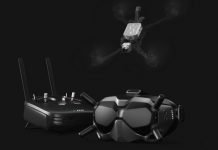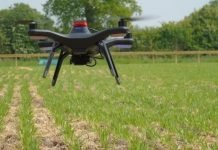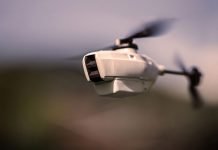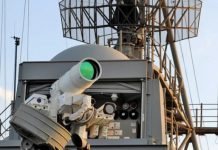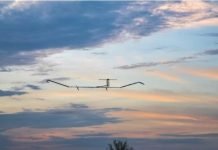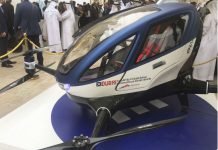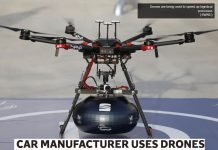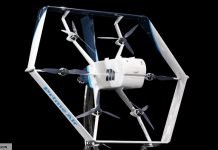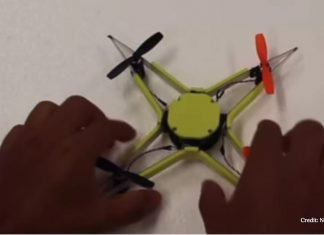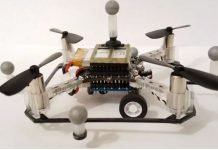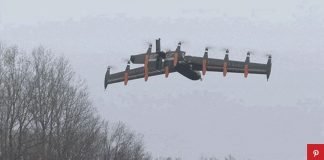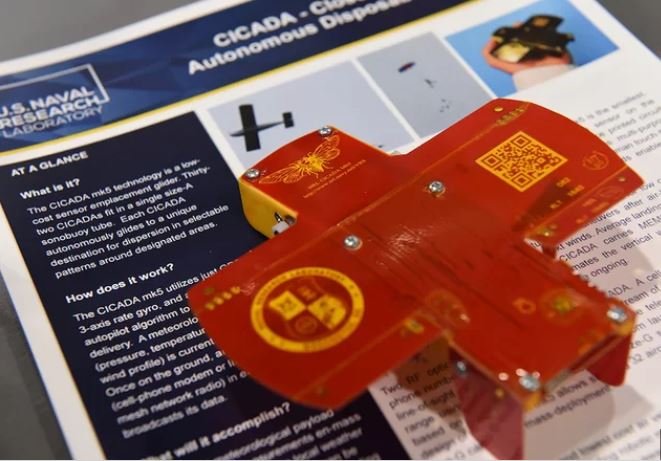
Credit: Jonathan Sunderman/U.S. Naval Research Laboratory
Researchers are developing a tiny, gliding drone that can be dropped from airplanes to gather data directly from hurricanes, and these teensy machines share a name with a noisy spring-emerging insect.
Close-in Covert Autonomous Disposable Aircraft MK5, or CICADA, is “essentially a flying circuit board,” an autonomous, GPS-controlled drone so inexpensive to make that it would be considered disposable after a single use, representatives of the U.S. Naval Research Laboratory (NRL) said in a statement.
Unlike its noisy insect namesake, CICADA is exceedingly quiet — with no motor, it is silent and virtually undetectable in the air, NRL officials said in 2015. CICADA’s latest prototype, with a flattened wing and body design, make it easy to stack the individual “micro” aircraft, so that large numbers of CICADAs could be deployed at the same time from an airborne vehicle. This would enable scientists to distribute sensors and collect data across large areas of the sky, according to the NRL. [8 Ways Animal Flight Inspires Drone Designs]
The craft’s design lends it a glide ratio of 3.5 to 1, which means that it flies forward 3.5 feet (1.1 meters) for every foot (0.3 m) of descent, the NRL reported. Each CICADA “micro” drone weighs about 1.2 ounces (35 grams), and along with its circuit board and a sensor payload, they incorporate GPS technology to help them navigate to within 15 feet of a destination on the ground. Once on the ground, antennas built into their wings transmit the data back to a home base, reported IEEE Spectrum.

Credit: U.S. Naval Research Laboratory
Production costs for CICADAs are about $250 per drone. The NRL is currently testing a delivery system capable of stacking 32 CICADAs into a single container — think of a tube of Pringles, except stuffed with miniature drones — and then dispatching them simultaneously, according to IEEE Spectrum.
Video demonstrations posted to YouTube on Tuesday (July 25) showed the drones performing in a series of tests, dropping from different altitudes in different locations, from as much as 8,000 feet (2,438 meters).
Credits: livescience


